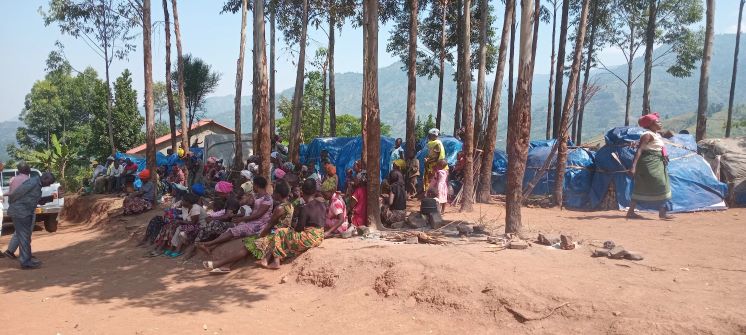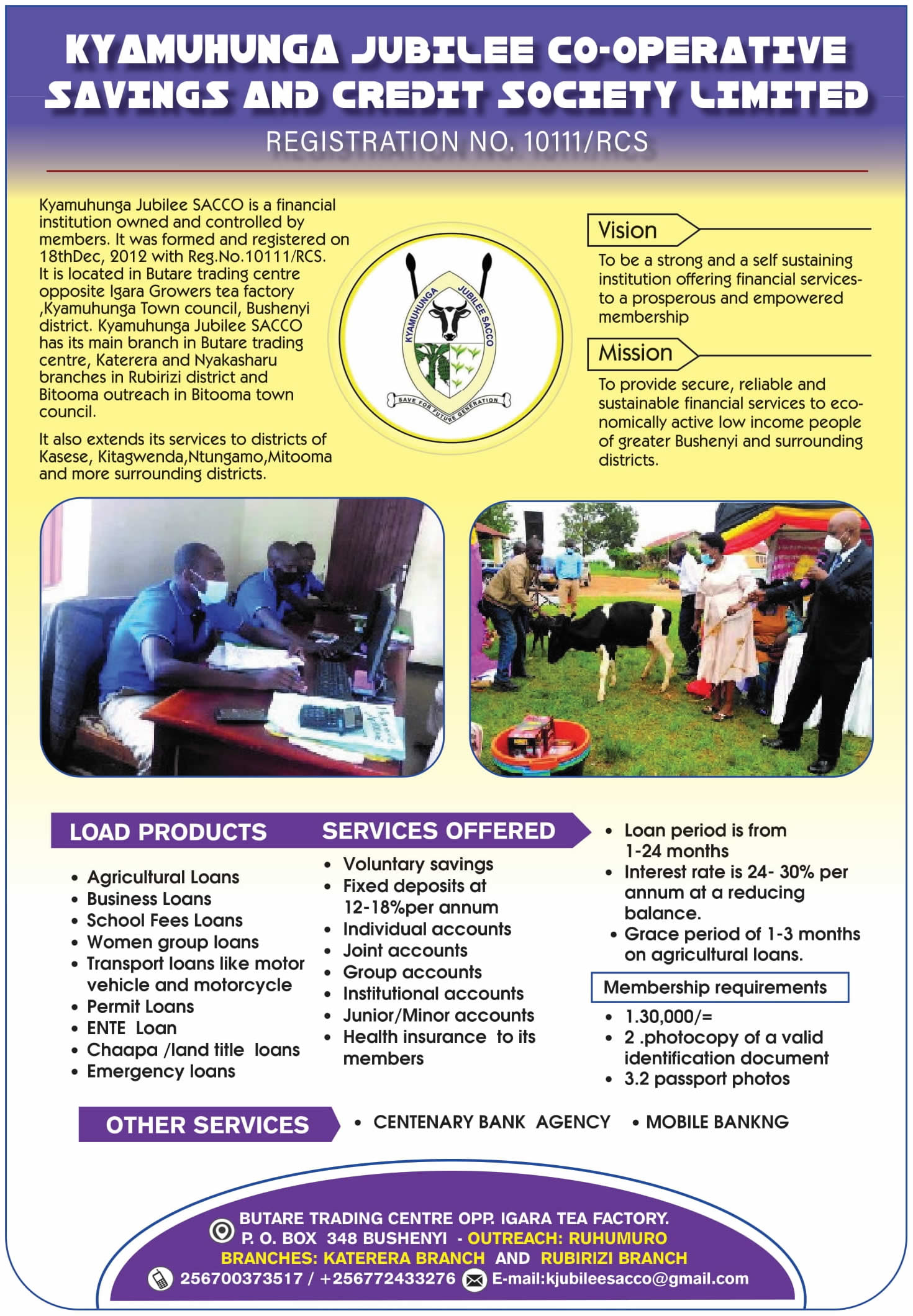KASESE DISTRICT DISASTER UPDATE: AFFECTED FAMILIES START LEAVING TEMPORARY CAMPS

By Isaac Mumbere
KASESE
After the devastating landslides and floods that hit Kasese district in May, many families were forced to seek refuge in temporary camps. However, with the support of the Prime Minister’s office, Red Cross, and local and national non-governmental organizations, many have started returning to their relatives’ homes or erecting tents on their remaining land.
According to Jovenal Muke, the sub-county Chairperson for Kyondo, all five temporary camps in his area have been abandoned. “The last family left the camp last Sunday,” he said during an advocacy dialogue meeting organized by Oxfam.
However, for some families, leaving the camps doesn’t mean an end to their struggles. Edirona Ithungu, who is staying at Kasangali SDA primary school with her husband and 10 children, told Messiah Radio that staying with relatives is more traumatic than the challenges they faced in the camps. “It’s hard to manage and handle my family within someone else’s family,” she said, appealing to the government to resettle them and allow them to stay in a church instead.
Mustafa Kikusa, the Principal Secretary in the office of the Chief Administrative Officer, said that the district has identified families whose houses were permanently destroyed and needs assistance. A detailed report has been submitted to the Prime Minister’s office, capturing the extent of the damage and the required support, estimated at shillings 640 billion.
Gard Benda, the Country Director for World Voice Uganda, emphasized the need for a fully fledged camp to support the affected families. Johncation Muhindo, team leader at Creations Forum Afrika (CAF), advocated for more funds towards addressing climate change adaptation measures, stressing that investing in disaster reduction is cheaper than responding to a disaster.
The Ugandan government is implementing policies aimed at mitigating the occurrence of disasters, but environmentalists believe that more needs to be done to address the root causes of these disasters. As the affected families continue to rebuild their lives, it’s essential to prioritize sustainable solutions to ensure that such tragedies don’t recur.































 Views Today : 224
Views Today : 224 Views Yesterday : 292
Views Yesterday : 292 Views Last 7 days : 3138
Views Last 7 days : 3138 Views This Month : 11224
Views This Month : 11224 Total views : 1448828
Total views : 1448828 Who's Online : 5
Who's Online : 5 Your IP Address : 3.137.219.213
Your IP Address : 3.137.219.213